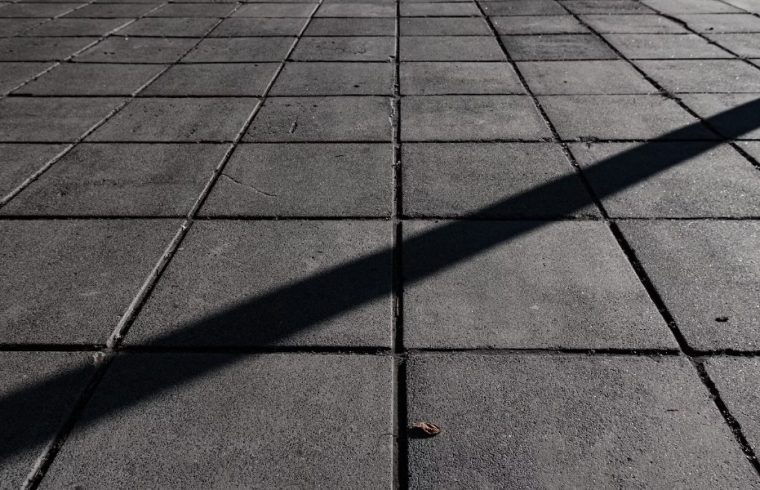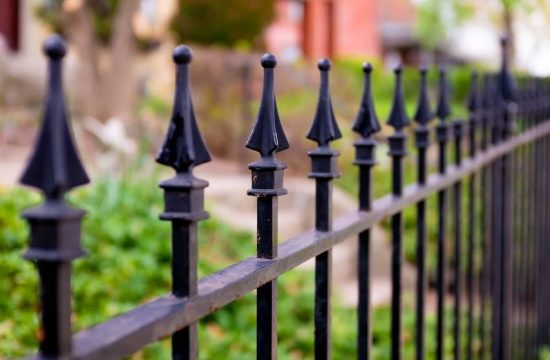Concrete Block has varied and interesting shapes. You can even modify the shape by making your own block mold. The color of the concrete block is not always gray but can be colorful according to the dye mixed into the material. Block installation patterns are also coming in various ways. You can practically arrange your own blocks according to your wishes.
The disadvantages of the block are generally in terms of the uniformity of the quality of the block and the way it is installed. For the first problem, this can occur with self-made or homemade concrete blocks. Because the mixture of materials is not evenly distributed, one block unit with another may not have the same strength. Installation of blocks requires a flat and sturdy foundation. If the foundation is not flat and sturdy, then it will make the blocks wavy unevenly. In addition, blocks are not suitable as main road pavement for high-speed vehicles.
There are several shapes of concrete blocks depending on the mold used. However, there are general blocks that are commonly produced. The most well-known blocks may be square bricks, cubes, hexagons, interpaves, dogbones, and a combination of 3 hexagons (trihex). There are also porous blocks that can be used as a medium for growing grass in between them.
Block Installation
Installation of block stones generally follows the basic shape of the block. However, there are various alternatives for installing brick type blocks. For example, if you want a block arrangement with the strongest links, then you can choose a herringbone pattern. However, whatever block installation pattern is applied, you must notice the land. The land must have flat density, as well as the stretch of sand which will later become the foundation for laying the block.
–sh












